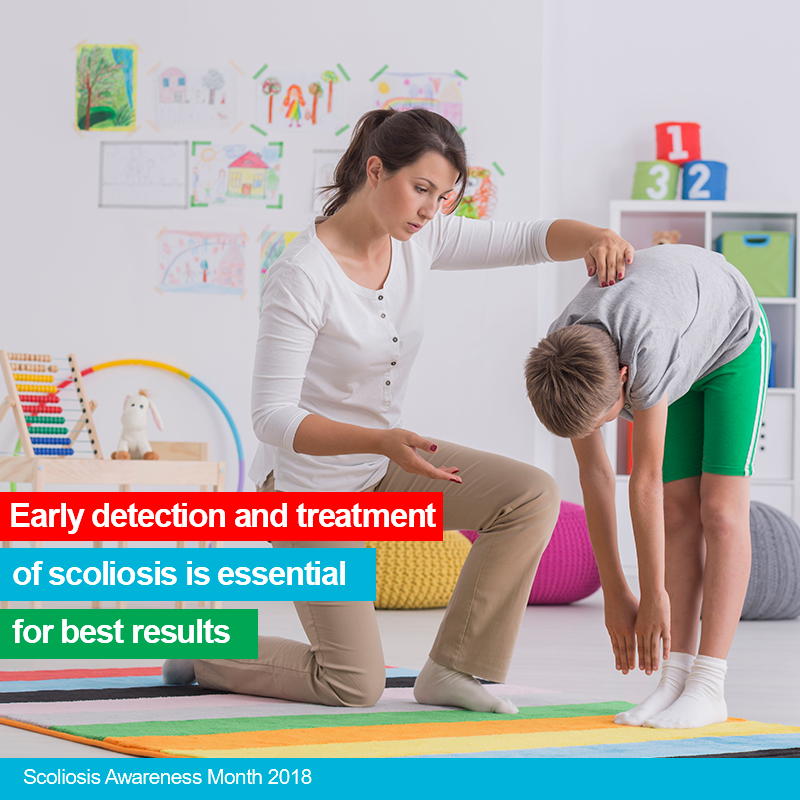
It’s important for patients with scoliosis to understand when surgery is necessary and when it can be avoided. In general, most patients want to avoid surgery if they can, because as it will include loss of mobility and function, risk of injury, a large recovery time and usually a large financial cost. The sooner the scoliosis is detected and conservative treatment begins, the better chance the patient has of avoiding surgery.
Some reasons why a scoliosis patient might require surgery include:
- Severity of the curve
- Recent rapid progression
- Loss of nerve function
- Severe degeneration and instability
Scoliosis is most effectively treated earlier rather than later. This rule applies whether the right treatment is surgery, or conservative treatment including bracing and other rehab. So, for patients who know they have scoliosis, start treatment now! If surgery is not necessary yet, begin conservative treatments now to give yourself the best chance of a good outcome. For more information about how we treat scoliosis without surgery in our office, read here.
Why Wait?
Scoliosis is a progressive condition. and unfortunately, often the predominate method for early scoliosis treatment is “wait and see”. In other words, practitioners wait and see if the scoliosis gets worse, and then the patient is referred to an orthopedic doctor who, depending on the severity, recommends an intervention. Which can often mean that during this waiting period the scoliosis deformities got bad enough that surgery is warranted.
Each year that goes by, we understand more about this condition and how to effectively treat it, in children, teens and even adults. For this reason we fortunately have more treatment methods than ever that help with intervention in scoliosis curves that are considered mild to moderate. Active rehab programs, spinal orthotics and scoliosis braces are examples of things that we use to help reduce curves or stop progression.
We do have specific protocols however for when these conservative approaches are recommended, and when a surgical consult is more indicated. We judge that typically by severity of the curve, but progression/developmental age, and affected function are considered too.
We’ve also had different cases where a severe scoliosis caused us to refer to a surgeon, but that while the patient waited for their surgery, they underwent active rehab in order to help improve flexibility, stability and ultimately improve the surgical outcome.
For patients who aren’t sure if they have scoliosis, get checked today! We have a few weeks left of our summer scoliosis screening special, where we are offering a free initial check to screen you or your loved ones for this spinal condition. SCHEDULE HERE.
